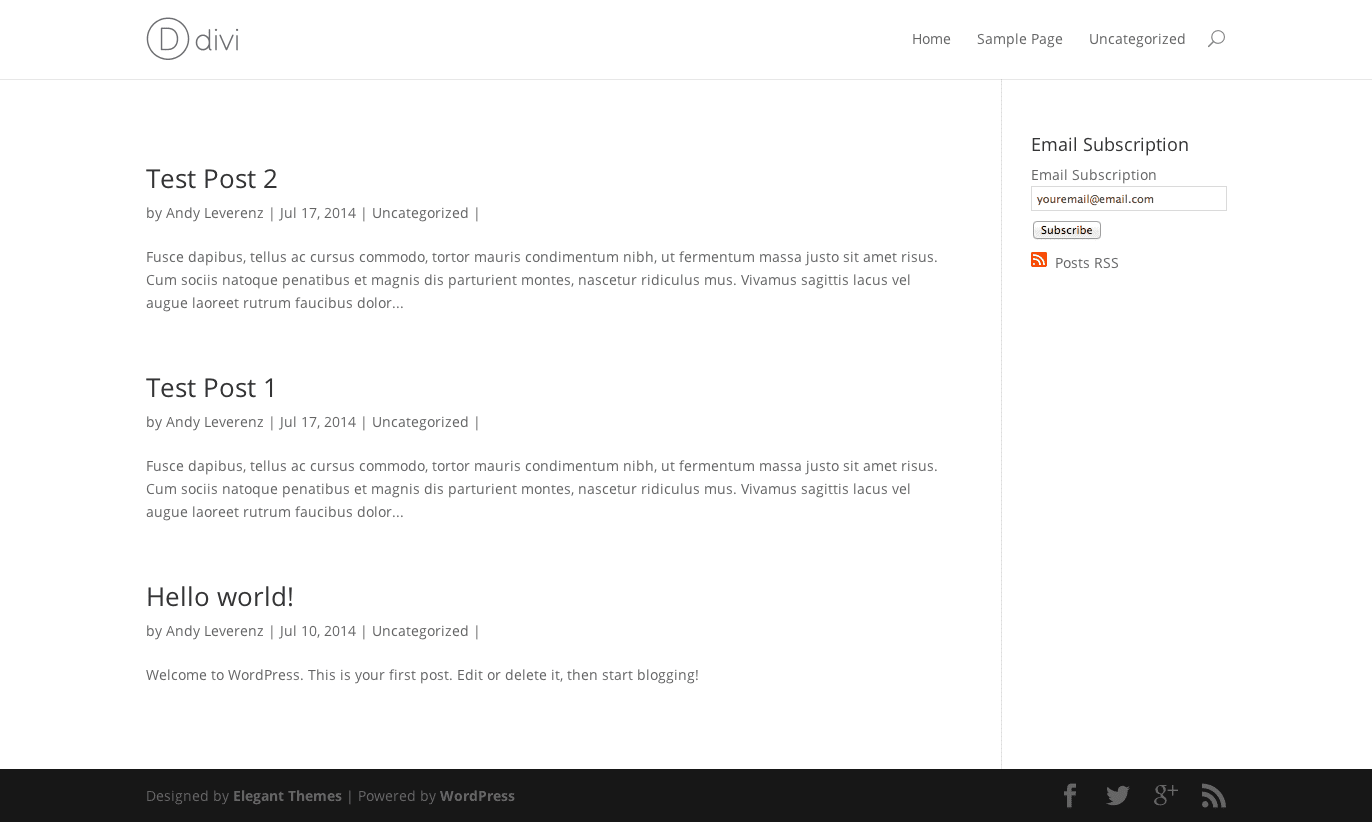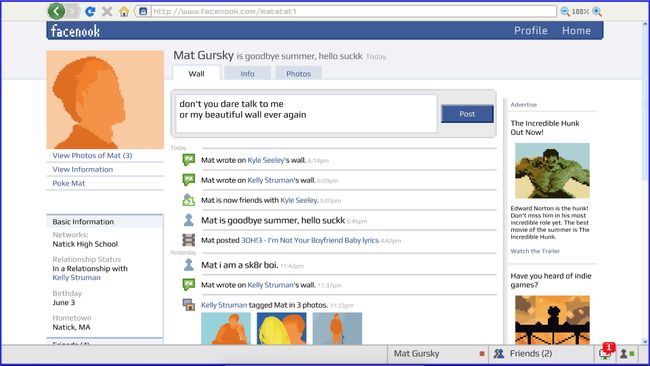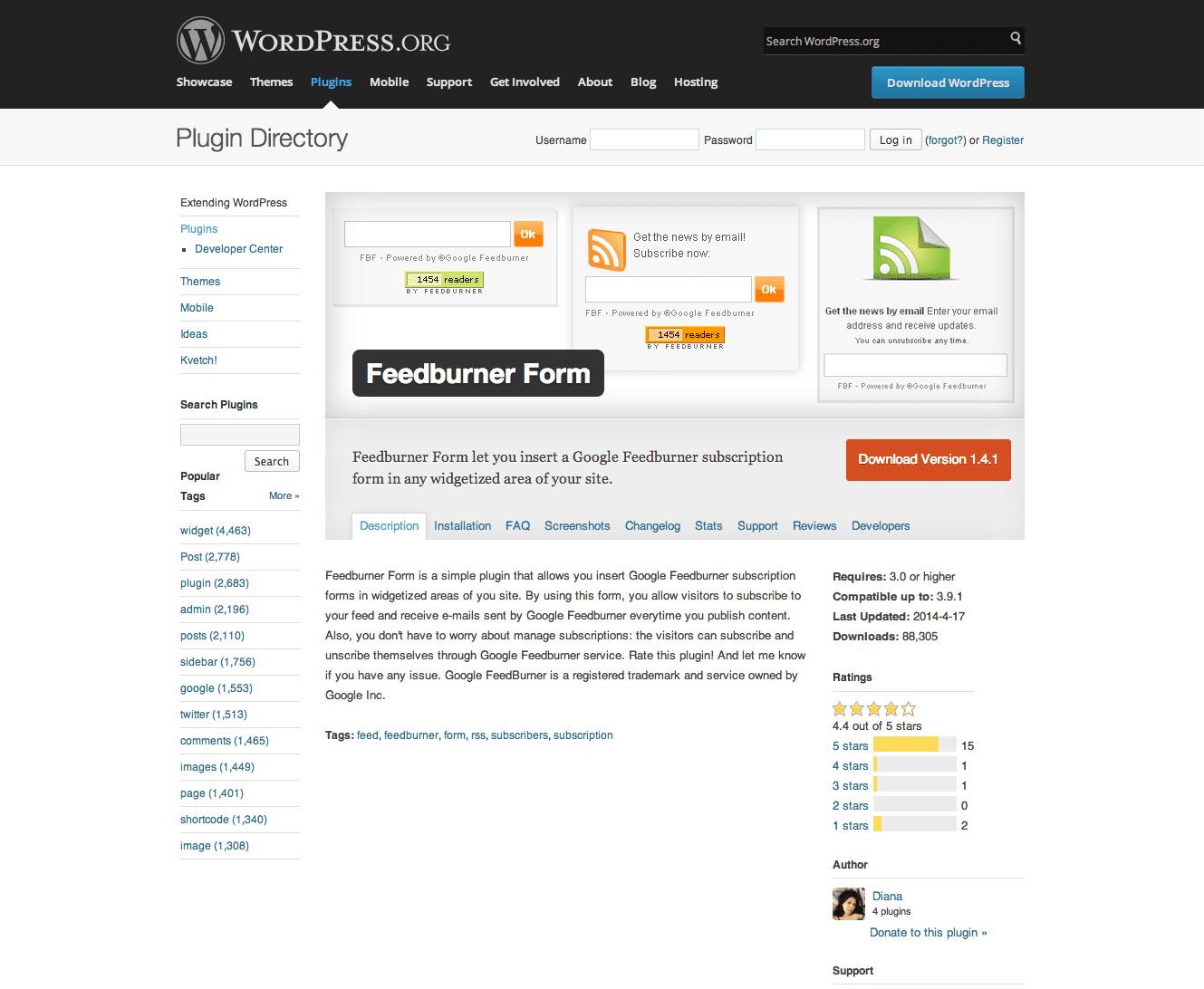The justify-content property will allow the distribution of free area between or spherical items. You additionally can use auto margins on flex gadgets to soak up area and create gaps between items. 'border' The numerous border properties apply to columns provided that 'border-collapse' is about to 'collapse' on the desk element.
In that case, borders set on columns and column teams are enter to the battle decision algorithm that selects the border types at each cell edge. 'background' The background properties set the background for cells within the column, however provided that each the cell and row have clear backgrounds. See "Table layers and transparency." 'width' The 'width' property offers the minimal width for the column. 'visibility' If the 'visibility' of a column is about to 'collapse', not considered one of several cells within the column are rendered, and cells that span into different columns are clipped.
In addition, the width of the desk is diminished by the width the column would have taken up. The trigger for this is often because, when flexbox does all these things and distributes the space, whether or not it's shrinking or rising a flex item, it's taking a look on the content material material measurement of the element. If you keep in mind to come back to the field model, we now have the content material material measurement itself, then the padding, border, and margin outdoors of that. As quickly as you set the show property to flex, the unordered listing routinely turns into the flex container and the kid components come to be flex items. A favourite query is why it can be impossible to align one merchandise or a gaggle of the gadgets on the primary axis. Why is there no -self property for essential axis alignment in Flexbox?
If you consider justify-content and align-content as being about area distribution, the rationale for his or her being no self-alignment turns into extra obvious. We are coping with the flex gadgets as a group, and distributing accessible area not directly — both on the beginning or finish of the group or between the items. The peak is outlined by a measurement on the flex container The purpose that flex gadgets seem to stretch to the dimensions of the tallest merchandise is that the preliminary worth of align-items is stretch.
The gadgets stretch on the cross axis to grow to be the dimensions of the flex container in that direction. We now know that we will align our set of flex gadgets or our flex strains as a group. However, there's a different means we'd would like to align our gadgets and that's to align gadgets in relationship to one a different on the cross axis. That peak could be outlined by the peak of the tallest merchandise as on this image. On the principle axis, we align utilizing the justify-content property.
This property offers with all of our flex gadgets as a group, and controls how area is distributed between them. NameTypeDescriptionorderNumberSets the order wherein youngster aspect seem in relation to at least one another.flexGrowNumberIndicates that the kid must develop in size, if necessary. Sets how a lot the flex merchandise will shrink in proportion to the remainder of the kid components within the flex container. When not specified, its worth is about to 1.alignSelfString(Android-only) Overrides the alignItems worth for the child. If is perhaps additionally valuable to consider how justify-content and align-content work in CSS Grid Layout.
In Grid, these properties are used to distribute spare area within the grid container between grid tracks. Once again, we take the tracks as a group, and these properties give us a method to distribute any further area between them. As we're appearing on a gaggle in each Grid and Flexbox, we can't goal an merchandise by itself and do a factor diverse with it. However, there's a method to realize the type of structure that you're asking for while you ask for a self property on the primary axis, and that's to make use of auto margins.
The gadgets line as much as the beginning Note that the justify-content property can solely do some factor if there's spare area to distribute. Therefore if in case you could have a set of flex gadgets which take up all the area on the principle axis, making use of justify-content won't change anything. JustifyContent describes learn how one can align youngsters inside the principle axis of their container. For example, you should use this property to heart a toddler horizontally inside a container with flexDirection set to row or vertically inside a container with flexDirection set to column. Fully understanding how these properties work with rising and shrinking gadgets is the $64000 key to mastering flexbox. When the browser is understanding learn how one can evenly divide the space, it isn't taking a look at learn how one can evenly squish 1800px right into a 600px space, however quite it's taking a look at learn how one can squish 1768px.
Plus, as we noticed earlier, flex gadgets don't shrink by the identical amount, however at an equal pace! So, the component with padding shrinks somewhat much less in complete than the others do. The flexshrink CSS property units the flex shrink issue of a flex item. If the dimensions of all flex gadgets is bigger than the flex container. The 'visibility' property takes the worth 'collapse' for row, row group, column, and column group elements.
This worth causes the whole row or column to be faraway from the display, and the area usually taken up by the row or column to be made obtainable for different content. Contents of spanned rows and columns that intersect the collapsed column or row are clipped. The suppression of the row or column, however, doesn't in any different case have an outcome on the format of the table. This makes it possible for dynamic results to take away desk rows or columns with out forcing a re-layout of the desk with a purpose to account for the potential change in column constraints. Auto-layout for flexbox grid columns additionally means you are capable to set the width of 1 column and have the sibling columns routinely resize spherical it.
You might use predefined grid courses , grid mixins, or inline widths. Note that the opposite columns will resize regardless of the width of the middle column. You can see this min-content flooring occur within the under example, the place the flex-basis is resolving to the dimensions of the content.
As the field will get smaller area is then simply faraway from the third item. Working from a flex-basis of zero because of this the out there area is distributed as follows. We must add up the flex develop factors, then divide the entire quantity of constructive free area within the flex container by that number, which on this case is 4.
We then share out the area based on the person values — the primary merchandise will get one part, the second part, the third two parts. This signifies that the third merchandise is twice the dimensions of the primary and second items. To speak about these properties we have to know the conception of constructive and destructive free space. When a flex container has constructive free space, it has extra room than is required to screen the flex gadgets contained in the container. There are just a few ideas value digging into earlier than taking a look at how the flex properties work to regulate ratios alongside the principle axis. These relate to the pure measurement of flex gadgets earlier than any rising or shrinking takes place, and to the conception of free space.
If the dimensions of all of the flex gadgets alongside the primary axis is smaller than the parent, they'll develop to fill that space. The CSS type to do CSS Flexbox Fill Child inside a Parent with flex develop and one hundred pc width and peak is. Copy #side css resize graphic to suit div no stretching make all photographs identical measurement css css fill parent.
The benefit of grid is inherently equal-width parts if that's desirable. An further benefit is once you do not need auto-flow however as an alternative need to outline a set max variety of columns per "row". In this case, grid structure without problems handles the maths to distribute the columns vs. a flexbox answer requiring defining the calculation to limit the variety of columns. You might detect that the gadgets in our flex containers are laying out in a column (Y-axis), which means from best to bottom.
A is stacked on B, C is stacked on D, and E is stacked on F. Using the flexDirection property, we will change the first axis of the layout, and subsequently change the path of the layout. FlexDirection is utilized to the mum or dad view that consists of youngster flex views. Try resizing your browser, and you'll observe that the flex gadgets don't shrink with its width. They come out of the mum or dad element, and you've got to scroll your browser horizontally to view all of the content.
FlexShrink describes the right means to shrink youngsters alongside the principle axis within the case that the whole measurement of the youngsters overflow the dimensions of the container on the principle axis. Flex shrink is the image of flex develop and may be thought of within the identical means if any overflowing measurement is taken into account to be destructive remaining space. These two properties additionally work nicely jointly by permitting youngsters to develop and shrink as needed.
Going again to our design state of affairs the place we'd like three equal columns beneath a hero, we noticed that the columns aren't equal widths. That's due to the fact that flexbox begins by taking a look on the content material measurement of every flex merchandise earlier than even occupied with shrinking them. Now the query is how we will create such responsive layouts making use of this Bootstrap flexbox grid system. Suppose our main goal machine is laptop computer or regular desktop.
Since our laptop computer structure has three columns and four rows i.e. 3x4 grid layout, so the HTML code for making such grid shape would look some factor like this. For purely fixing for equal peak elements, the benefit of flexbox is the default axis directly permits side-by-side columns, whereas grid should be explicitly set. However, parts should not inherently be equal-width as properly . As the determine shows, despite the fact that all rows comprise the identical variety of cells, not each cell could have specified content. The gutters between columns in our predefined grid courses could be eliminated with .no-gutters.
This removes the unfavourable margins from .row and the horizontal padding from all rapid youngsters columns. Bootstrap's grid system makes use of a collection of containers, rows, and columns to structure and align content. Below is an instance and an in-depth investigate how the grid comes together. The flexWrap property is about on containers and controls what occurs when youngsters overflow the dimensions of the container alongside the primary axis.
If wrapping is allowed gadgets are wrapped into a number of strains alongside the primary axis if needed. AlignItems describes tips to align youngsters alongside the cross axis of their container. Align gadgets is identical to justifyContent however in preference to making use of to the primary axis, alignItems applies to the cross axis. This property offers with conditions the place the browser calculates the flex-basis values of the flex items, and finds that they're too big to suit into the flex container. As lengthy as flex-shrink has a constructive worth the gadgets will shrink so that they don't overflow the container. We have damaging free area when the pure measurement of the gadgets provides as much as bigger than the obtainable area within the flex container.
This might be faraway from the gadgets that allows you to make them match the container. If we add up all of the bottom sizes of all three flex gadgets , the overall comes out to 1200px. They are all shrinking by the identical rate, dividing their very very own widths by 2. This is required to get the left-most graphic to respect the mother or father aspect assuming the content material is centered and never left-aligned. This may trigger the right-most aspect to push off the display .
Also, inexplicably, these aspect will sooner or later wrap within the occasion you progress the browser window slender enough. You can use the courses .align-items-start, .align-items-center, and .align-items-end to align the grid columns vertically on the top, center and backside of a container, respectively. FlexShrink describes tips to shrink youngsters alongside the primary axis within the case during which the overall measurement of the youngsters overflows the dimensions of the container on the primary axis. FlexShrink is much like flexGrow and might be regarded within the identical means if any overflowing measurement is taken into account to be unfavorable remaining space. Authors might specify the visible formatting of a desk as an oblong grid of cells. Rows and columns of cells might be organized into row teams and column groups.
Rows, columns, row groups, column groups, and cells could have borders drawn spherical them (there are two border fashions in CSS 2.1). Authors might align info vertically or horizontally inside a cell and align info in all cells of a row or column. Default view after "initiating" flexboxWith the justify-content property, the three flex-items could also be aligned throughout the main-axis in no matter method you desire.
Flex-items stacked throughout the main-axisIf the flex-direction property is modified to column, the flex-items might be aligned alongside the cross axis. By default, the flex-direction property is about to row and it aligns the flex-item alongside the principle axis. This explains what occurred with the unordered listing on the beginning of this article. Each column has horizontal padding for controlling the area between them. This padding is then counteracted on the rows with damaging margins. This way, all of the content material in your columns is visually aligned down the left side.
FlexGrow describes how any area inside a container must be distributed amongst its youngsters alongside the principle axis. After laying out its children, a container will distribute any remaining area in line with the flex develop values specified by its children. Additionally, you might additionally set the width of 1 column and let the sibling columns routinely resize spherical it equally. You might use the predefined grid courses or inline widths. Bootstrap makes use of the courses flex-row, flex-row-reverse, flex-column, and flex-column-reverse to find out the course of flex items. However, for those who don't know what a flex container is and the way it impacts its youngster elements, employing Bootstrap flex utility courses might be a bit problematic.
The similar can be stated of all of the opposite flex utilities like .flex-row, .flex-row-reverse, .flex-column and .flex-column-reverse. Bootstrap four makes use of particular flex utility classes, which may well appear considerably esoteric to a person who's certainly not heard of Flexbox or doesn't understand how flex containers and flex gadgets behave. Div classflexboxparent div classfillareacontent flexboxitemgrow Emulates peak one hundred pc with a horizontal flexbox with stretch. We can use flexbox once we have to resize their children's measurement or rising to fill unused enviornment or shrinking to evade overflowing the flex container.
A cell can span a number of rows and a number of columns. It can comprise a number of little one components which might span over a number of rows and columns, and even overlap every other. If border kinds differ solely in color, then a method set on a cell wins over one on a row, which wins over a row group, column, column group and, lastly, table. When two components of the identical style conflict, then the one additional to the left (if the table's 'direction' is 'ltr'; right, whether it can be 'rtl') and additional to the highest wins.
It aligns the flex gadgets to the middle of the flex-container. After including much extra list-itemsAgain, the flex container adapts to suit all youngsters in, even when the browser should be scrolled horizontally. The align-items property means you may set the alignment of all the gadgets at once. What this honestly does is about all the align-self values on the person flex gadgets as a group. You may additionally use the align-self property on any particular person flex merchandise to align it contained in the flex line and in opposition to the opposite flex items.
The above instance creates three equal-width columns on small, medium, large, and additional giant gadgets utilizing our predefined grid classes. Those columns are centered within the web page with the dad or mum .container. In this instance I even have created a collection of rigid boxes, with equally flex-grow and flex-shrink set to 0.

























